
India
Spring Revival through SLM in the Himalayan foothills: Uttarakhand, North India
Springs, the “blue life-points” of Himalayan mountain populations, are recharged through springshed protection, community forest management, conservation of broadleaf forests and recharge structures.
- Home
- India
Policy Brief
The iIllustrated Policy Brief presents for this case study the main impacts of SLM both on- and offsite with facts, figures and latest insights. It shows key messages, and the implications for practice, policy and research.
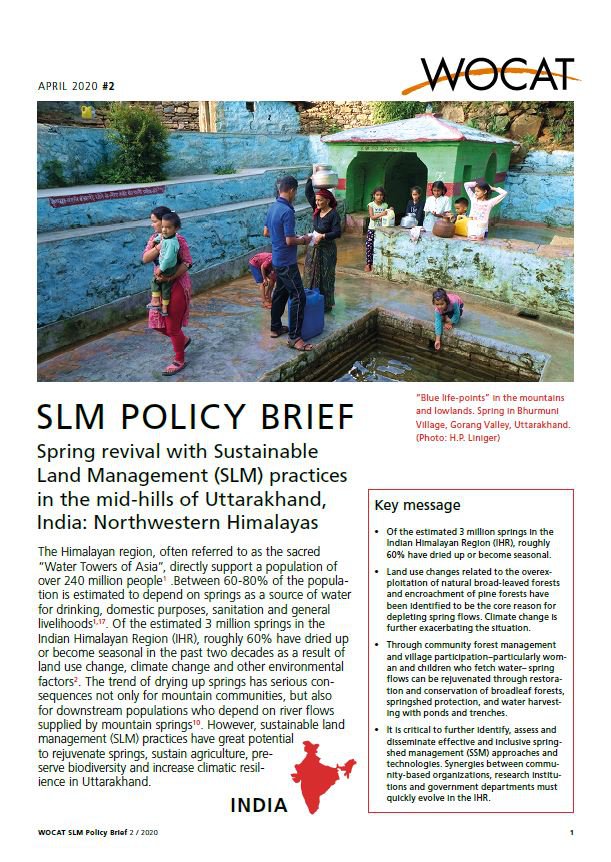
SLM Technologies and Approaches
The most promising SLM Technologies and SLM Approaches with a range of benefits both on-site and offsite were documented using the WOCAT SLM Technologies and Approaches Questionnaire and Database
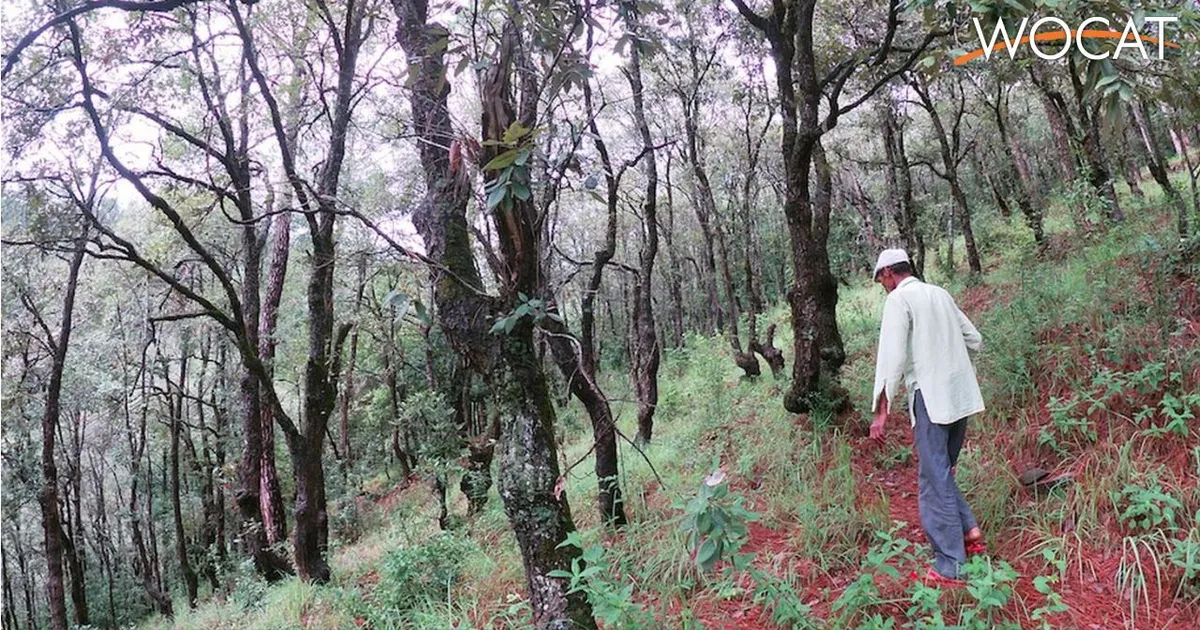
Natural assisted regeneration of broadleaved species, a small oak plantation and a fodder nursery have been established in the Nakina community forest (intervention area: 10 ha), supporting fodder tree species such as Banj Oak and Falyaat, as well as various subtropical temperate fodder grass species. This has improved the livelihood of the land-users by supporting the health and productivity of the forest, increasing the availability of fuel wood, fodder and groundwater for spring restoration.
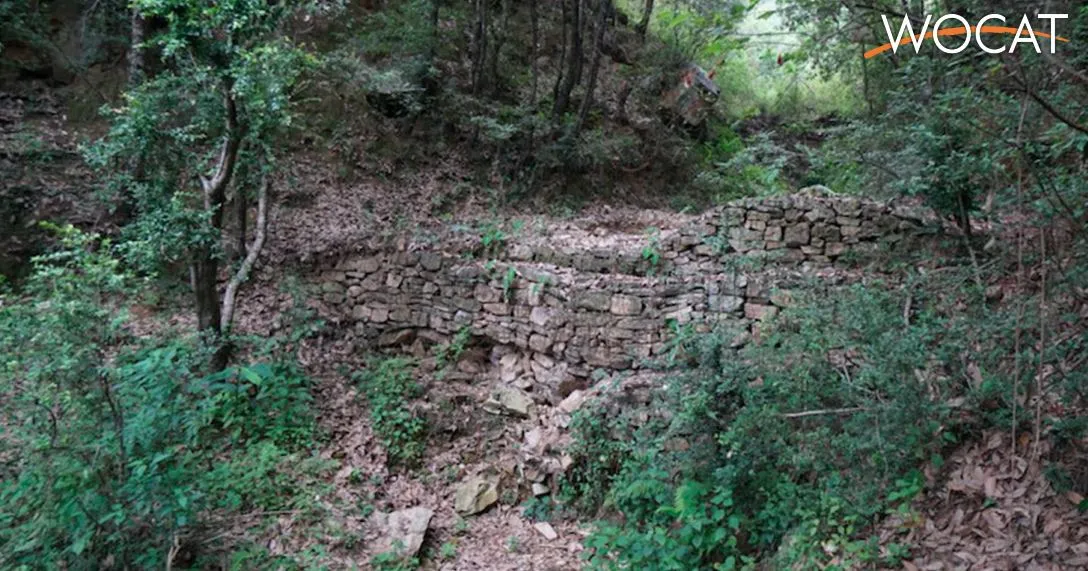
Stone Check Dams/Walls, Retainment Walls, and a Water Diversion Wall has been constructed in Nakina Village and Nakina Community Forest to help protect their settlements, agriculture land, forest land, and preserve the hilly landscape. These structures serve to reduce the runoff velocity (lowering the rate of erosion and gullying in steep slope channels) and increase infiltration for groundwater recharge.
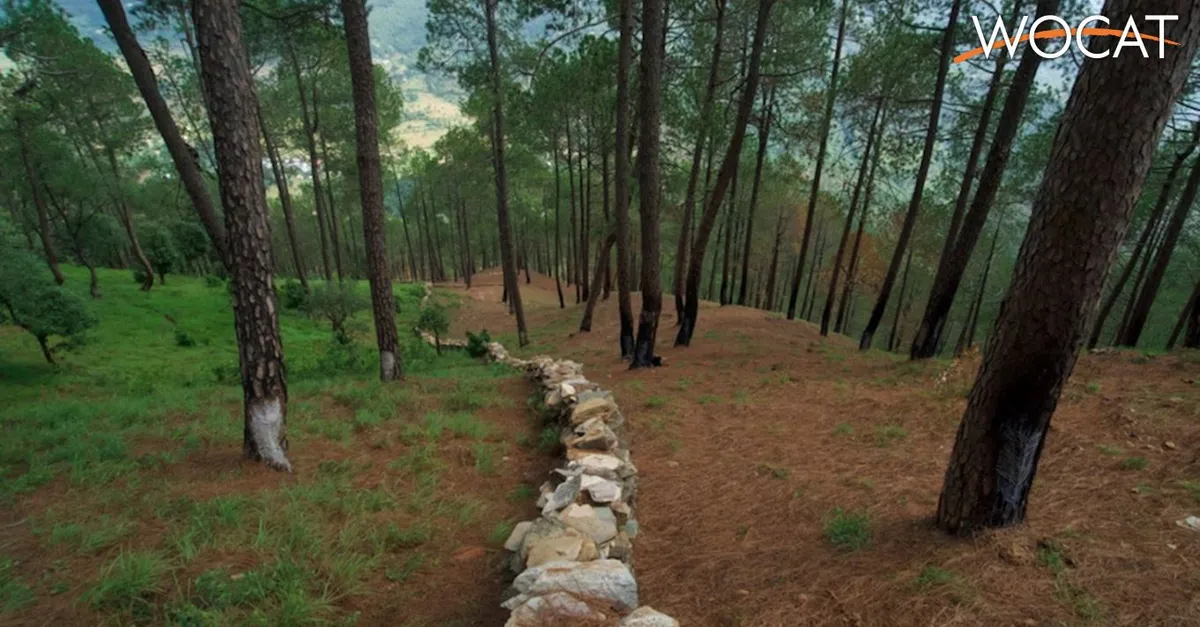
A rubble stone wall demarcates the community forest of Nakina Village and acts as a protective barrier against wildfire, wildlife, grazing, and human encroachment. The stone wall fencing is complemented by a firebreak, which is a gap of 2 meters. Firebreak establishment requires the removal of pine needles and debris from the border of the wall, so as to reduce the fuel load and possibility of fire spreading to the community forest.
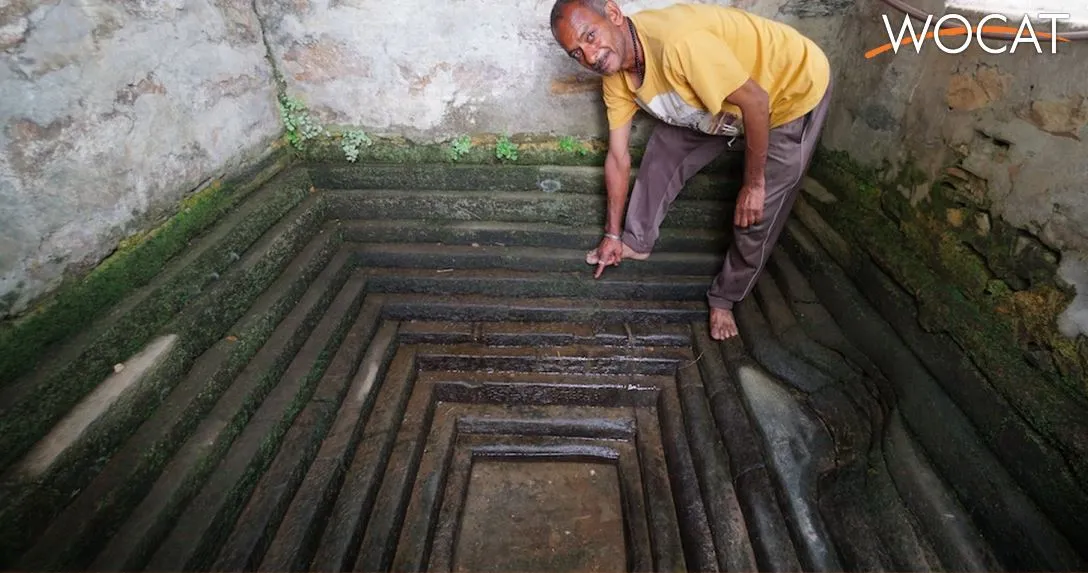
Naulas are shallow, four-sided stepped wells designed to collect water from subterranean seepages or springs and are used to meet domestic water needs by the local communities. Naula management and conservation encompasses a range of activities that preserve their structure and function.
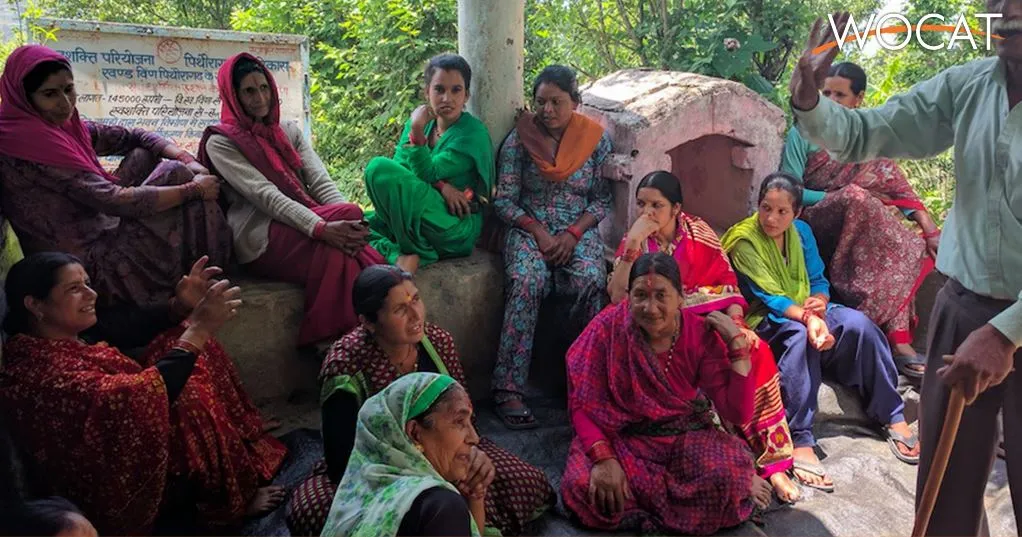
Van Panchayats or village forest councils are a impressive example of grassroots community management of natural resources, where a specific administrative unit is locally elected by community members who are responsible for the management of activities related to the forest.
Video
SLM for Himalayan Spring Revival
In the Himalayas of North India, thousands of springs are drying up - the essential water supply for the rural communities. Is this related to climate change and or land use change? Extensive spread of degraded pine forests and increased fires hinder the recharge of the groundwater and the springs. Broadleaved forests (oak) and productive agricultural practices secure spring flows and thus provide continued offsite benefits to mountain communities. Impressive landscape images and statements by initiative land users.
Partners


Contact
 Switzerland
Switzerland